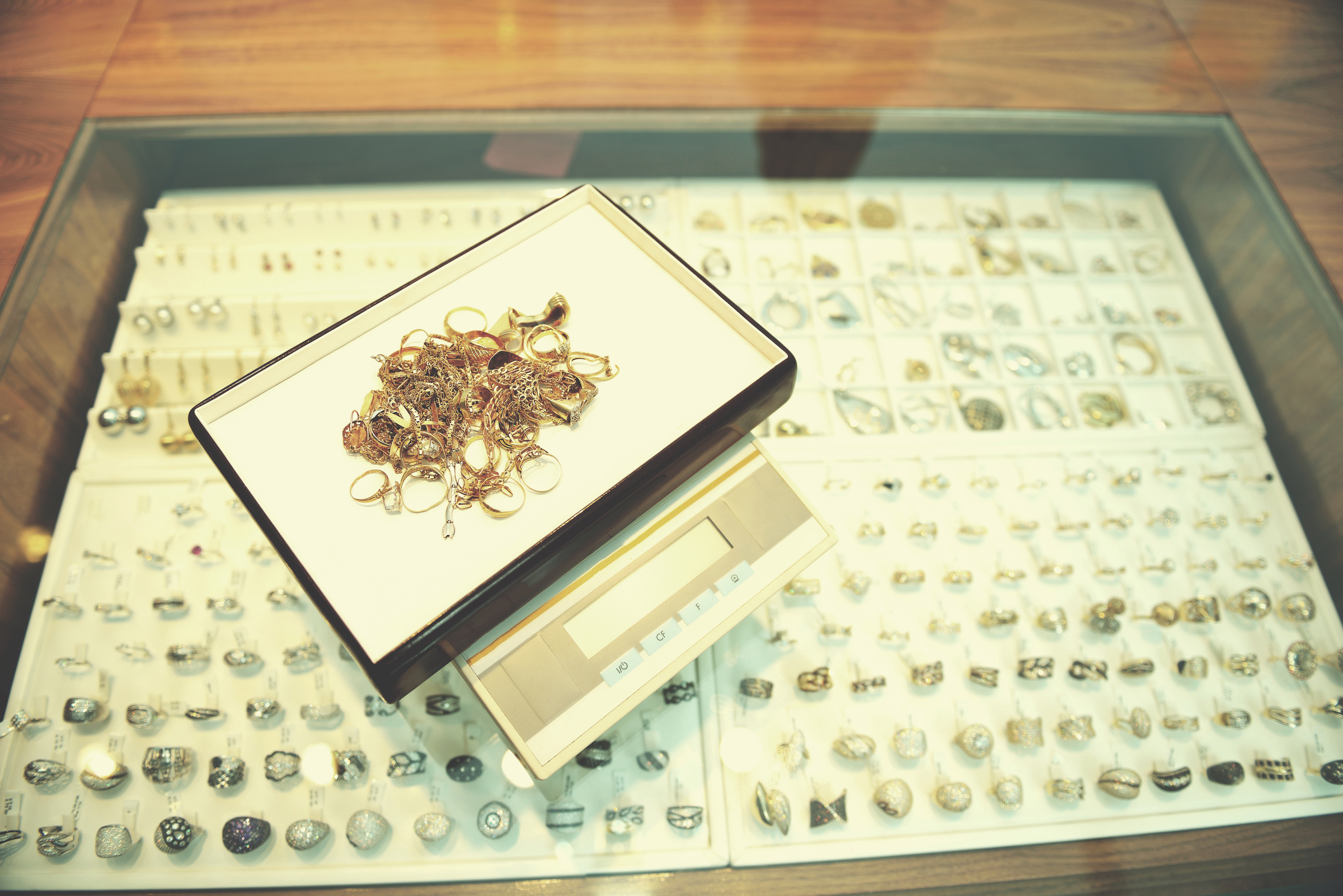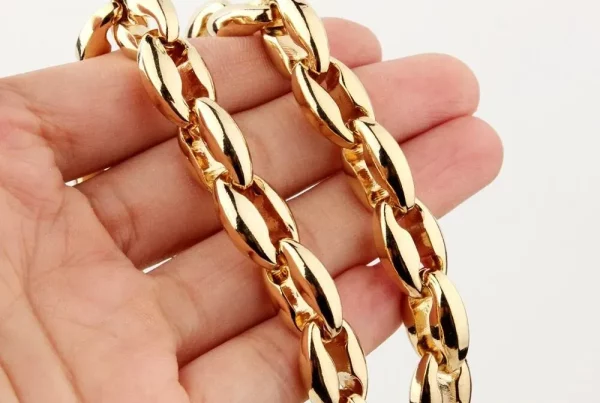
Introduction
Ever wondered what happens to items once they enter a pawn shop? From the moment an item is handed over for a loan to the time it’s sold to a new owner, every piece has a story. Understanding this process helps demystify how pawn shops work and shows how everyday items—jewelry, electronics, collectibles—can find new life in someone else’s hands. Let’s take a closer look at the pawn shop lifecycle and what it means for both sellers and buyers.
The First Step: When an Item Enters the Pawn Shop
From Seller’s Hands to Pawn Shop Counter
Most items arrive at pawn shops when individuals need quick cash. They might pawn:
Jewelry, like gold chains or diamond rings
Electronics, like laptops, smartphones, or gaming consoles
Musical instruments or tools
Collectibles, such as rare coins or sports memorabilia
Sellers bring their items for either:
A Pawn Loan: The shop holds the item as collateral while the seller receives a cash loan.
Outright Sale: The seller gives up ownership and receives cash immediately.
The Appraisal Process
Every item is carefully evaluated for:
Condition: Wear, damage, or missing parts
Authenticity: Are the diamonds real? Is the laptop genuine?
Market Value: Based on current demand, retail prices, and resale potential
The appraiser’s goal is to offer a fair deal—one that works for both the seller and the shop.
The Middle Phase: Item Storage and Redemption
Holding Period for Pawned Items
When an item is pawned for a loan, it’s kept safely in the shop’s storage area. The seller has a set time—usually 30 to 90 days—to repay the loan (plus interest) and reclaim the item.
If the loan is repaid, the item returns to the original owner. If not, it moves to the sales floor.
Preparing Items for Resale
Items that aren’t reclaimed go through:
Cleaning and Refurbishing: Jewelry is polished, electronics are tested, and items are checked for defects.
Pricing: Based on condition, demand, and fair market value.
Display: The item is placed in the shop’s display case or listed online for sale.
The Final Stage: New Life in a Buyer’s Hands
The Sale Process
Once an item hits the sales floor, it’s available for anyone to purchase. Buyers can:
Inspect the item in person
Test its functionality (especially for electronics)
Negotiate the price
For many, buying from a pawn shop is a chance to find:
High-end items at lower prices
Unique, vintage, or rare finds
Trusted deals backed by the shop’s reputation
After the Sale
Items sold from pawn shops often go on to become:
Gifts for loved ones
Budget-friendly upgrades
Sentimental treasures passed down through families
The journey from pawn to personal treasure is complete.
Frequently Asked Questions
How long do pawn shops keep items before selling them?
Typically, 30–90 days, depending on state laws and shop policies.
Are items sold in pawn shops safe and legitimate?
Reputable pawn shops test and verify items before resale, ensuring quality and authenticity.
Can I negotiate prices at pawn shops?
Yes, negotiation is common. Do your research, be respectful, and ask about discounts.
Conclusion
Every item in a pawn shop has a story—whether it’s a forgotten guitar, a once-loved necklace, or the latest smartphone. By understanding the journey of these items, you can shop smarter, sell with confidence, and appreciate the hidden value in everyday objects. So next time you pass by that display case, remember: behind each item lies a unique journey from past owner to future buyer.




